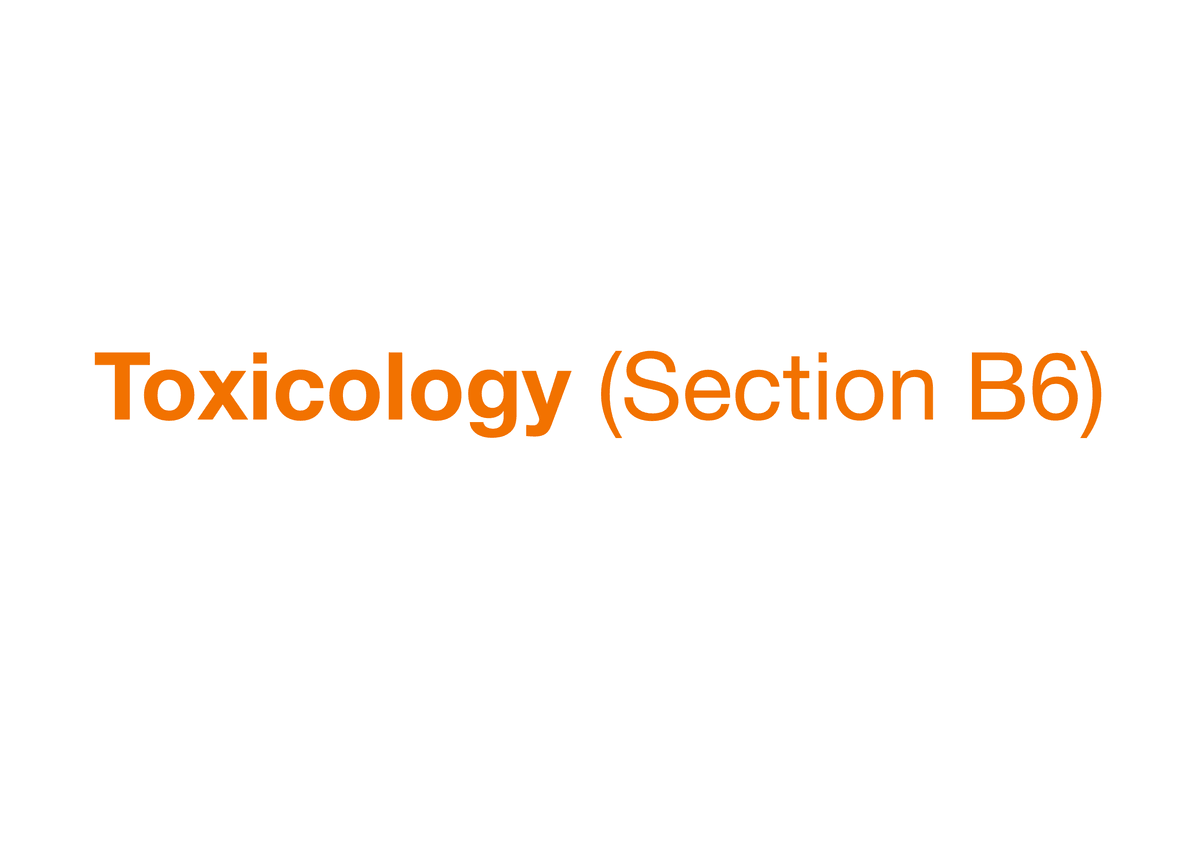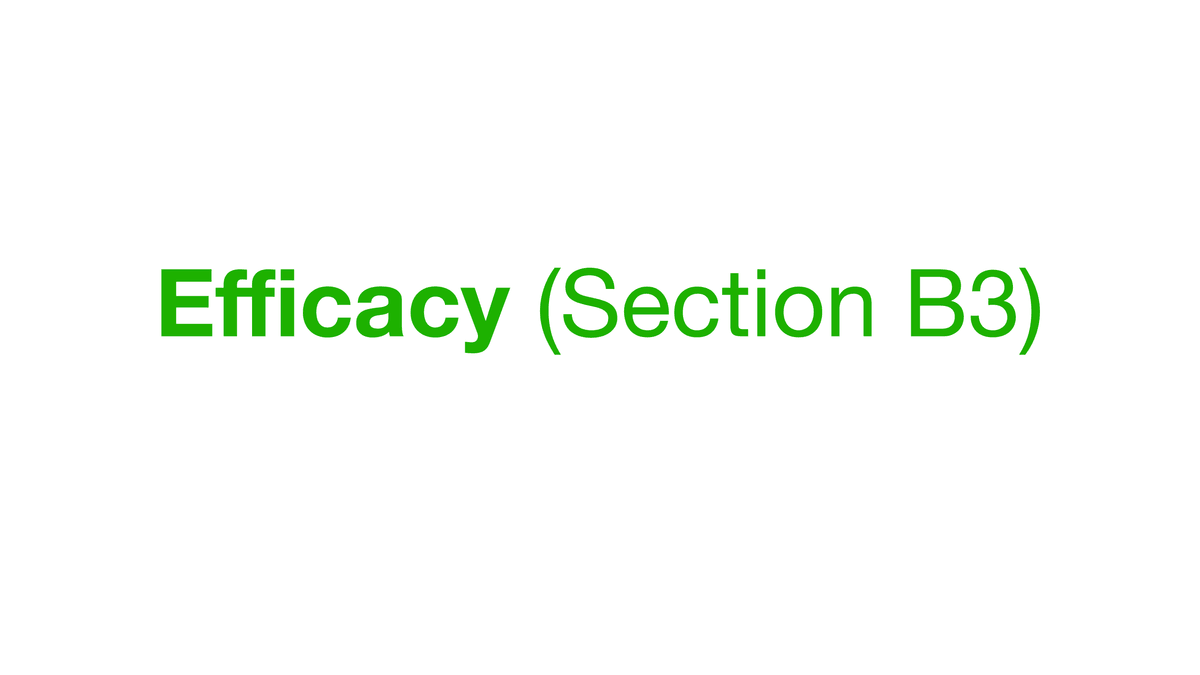
- Products
- …
- Products
- Products
- …
- Products
Finland
May 2025 - Change of the authorization process for plant protection products
Starting May 1, 2025, Tukes has changed the authorization process for plant protection products to include table-form usage instructions instead of verbal instructions. Applicants must prepare these tables in Finnish and Swedish, which will become the official usage instructions and be published in the KemiDigi register. The table can be downloaded here.
The changes in the authorization process for plant protection products starting May 1, 2025, include:
• Table-Form Usage Instructions: The authorization process will now require usage instructions to be in table form rather than verbal instructions. This table will be the official usage instructions for the product. This table looks pretty much like the "transposition" of the GAP in the dossier.
• Dual Language Requirement: Applicants must prepare the instructions for use table in both Finnish and Swedish.
• Publication in KemiDigi: The approved instructions for use table will be published as part of the “Usage and Restrictions” annex in the KemiDigi plant protection product register. Complete label texts will no longer be published in KemiDigi.
• Responsibility of Authorization Holder: The authorization holder must ensure that the package label corresponds to the approved instructions for use table and that it is up-to-date. If changes to the label are needed, a new application must be submitted to Tukes.
Existing labels that were approved before the new procedure takes effect on May 1, 2025, will remain unchanged in the KemiDigi register. However, for new and updated authorizations after this date, the new table-form usage instructions will be applied. It is the responsibility of the authorization holder to ensure that the package label corresponds to the approved instructions for use table, and any desired changes to the label must be authorized by Tukes through a new application if there are changes to the usage instructions or restrictions.
Impacts on Users Regarding the New Authorization Process for Plant Protection Products:
1. Access to Label Texts: Users will no longer find the complete label texts in the KemiDigi register. Instead, the register will include the new Usage and Restrictions Annex, where instructions for use are presented in a table format. During the transition, both old-style label texts and the new annexes will be available.
2. Availability of Information: Many retailers are expected to publish the complete label texts on their websites to ensure users have access to necessary information.
3. Requesting Information: If users need the label text electronically, they should request it from the authorization holder or the product representative.
Summary of Finnish current national requirements for PPP dossiers

Acute Inhalation toxicity requirements
Until a change in condition i) of the data requirement for inhalation toxicity of Regulation (EU) No 284/2013 has been made, or a harmonised EU interpretation of this condition has been established, an acute inhalation toxicity study is required if the applicant cannot justify an alternative approach under CLP. If an alternative approach is used, an acute inhalation toxicity of all components shall be provided or reliably predicted with a validated method, and it is the responsibility of the applicant to ensure that all necessary data about the co-formulants is provided by the supplier to the competent authority.
Exposure assessment
National work rate / day for barley is 40 ha.
Dutch model is applied to greenhouse uses. In 2014 the EFSA Guidance on the assessment of exposure of operators, workers, residents and bystanders in risk assessment for plant protection products was published. Tukes has decided to implement this Guidance for all applications for plant protection products that are submitted from 1 January 2016.
Margin of safety (MOS) between the carcinogenic/reproductive NOAEL and AOEL shall be approximately 1000. In case where MOS is too small, a comparison between the modelled exposure level (e.g. % of AOEL for exposed group) and the carcinogenic/reproductive NOAEL will be made and should be approximately 1000.
Non-professional use
Authorization of plant-protection product for non-professional use is done in case-by-case basis. However, plant protection products may not be authorized for non-professional users if those have any of the following characteristics:
Product is explosive.
Extremely flammable, highly flammable or flammable. Fatal or toxic if swallowed, in contact with skin or if inhaled.
Skin corrosive Causes serious eye damage or is irritating to eyes. Causes respiratory or skin sensitisation.
Carcinogenic, toxic to reproduction, mutagenic or fulfils criteria for specific target organ toxicity.
Product is presenting an aspiration hazard.
Waiting period exceeds 7 days
The operator exposure (without personal protective equipment except gloves) under the proposed conditions of use exceeds the AOEL.

Dossier must cover finnish conditions

Ecotoxicology - non-professional uses
Authorisation of plant-protection product for non-professional use is done in case-by-case basis. However, plant protection products may not be authorized for non-professional users if those have any of the following characteristics:
- Products containing an active substance listed as candidate for substitution at the EU level
- Products with several or far-reaching conditions for use. This may, for example, mean requirements for safety distances, restriction of use in the ground water areas, restriction of use in the consecutive years (if risk for the soil organisms occurs after use in consecutive years)
- Products which are particularly harmful to pollinating insects
- Products (granules) which are particularly harmful to birds and mammals.
Need help with a PPP dossier for Finland?
Feel free to contact us!

Biostimulants
legislation
Scientific regulatory
affairs
Regulatory support for
biostimulants
Biostimulants legislation | Regulatory support for biostimulants | email me >





